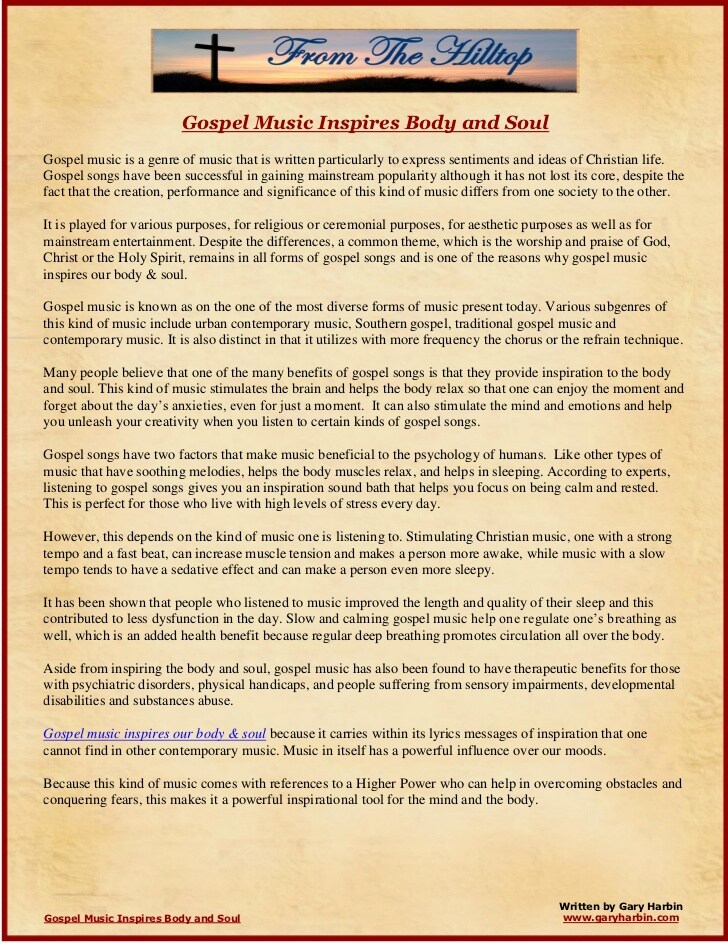[ad_1]
Of the four pure-jet Caribbean carriers-Air Aruba, Air Jamaica, ALM Antillean Airlines, and BWIA among them-the latter was both the largest and the only one to operate the Lockheed L-1011 TriStar.
The airline’s roots stretched far-across the Caribbean Sea and the Pacific Ocean, to New Zealand, at least in terms of the nationality of its founder, Lowell Yerex, a World War I fighter pilot who planted its seed in Trinidad in 1939 so that he could re-instate what had become suspended air service to Barbados. Links were re-established on November 27 of the following year with a single Lockheed L-18 Lodestar, registered VP-TAE. Tobago was also served thrice weekly.
Although the Second World War usually thwarted commercial airline operations, they expanded in the Caribbean. The 1942 acquisition of two Lockheed L-14 Electras enabled it to operate charter flights to American military bases there.
Transformed, the following year, into a public limited company, and infused with financial plasma from the British government, it purchased three, commercially converted Hudson bombers, while completion of many small Caribbean island air fields enabled it to spread its wings to Grenada and the Dominican Republic, as well as to Guyana in South America.
No longer hampered by war, it acquired four more suitably purposed Lodestars in 1945.
An ownership change two years later, to British South American Airways (BSAA), merited the temporary nomenclature of British International Airways, a BSAA subsidiary, although it reverted to its original British West Indian Airways title on June 24, 1948. In order to cater to increased demand, it acquired five 24-passenger Vickers Viking airliners, which featured twin piston airscrews and dual vertical tails and rested on tail wheels.
Another ownership change occurred the following year, when British Overseas Airways Corporation (BOAC) amalgamated BSAA into it, transforming BWIA itself into a subsidiary. Ceded several routes north of Jamaica from parent BOAC, which monetarily supported its expansion, it replaced its L-18 Lodestars with three 28-seat Douglas Dakotas, but even these proved inadequate for its ambitious expansion plans.
Transitioning from piston to turboprop technology, it acquired four Vickers V.700 Viscounts, powered by Rolls Royce Dart engines,, able to offer passengers greater speed and comfort as of 1955.
Because these aircraft were too large to serve the Leeward Islands, BWIA, holding the controlling interest, formed Leeward Island Air Transport (LIAT), operating more short strip-suitable equipment.
Spreading its wings across the Atlantic in 1960 with leased, quad-engine Bristol Britannias, BWIA inaugurated service to Jamaica and Barbados from London with an intermediate stop in New York.
Yet a third ownership change, albeit after lengthy negotiations, occurred the following year, on November 1, 1961, when the government of Trinidad and Tobago purchased 90 percent of BWIA from BOAC.
“British West Indian Airways is conceived by the government of Trinidad and Tobago as a national carrier for the West Indian area as a whole, and steps are now being taken to implement this policy,” according to Dr. Eric Williams, then Premier of Barbados.
A Boeing 707, the carrier’s first pure-jet type, was chartered from BOAC that year to replace the Bristol Britannia on the transatlantic route, and by 1965, it had also substituted Boeing 727-100″Sunjets” for its Viscounts on US services to Miami and New York.
Canada factored into the route system on May 3, 1969, when BWIA had been granted a temporary license to operate a Trinidad-Barbados-Antigua-Toronto sector.
Standardizing on Boeing 707 aircraft in 1971, BWIA was able to offer a 45-percent increase in seat capacity.
“This was also a year of unprecedented growth in the charter market,” according to the “Corporate Timeline” (BWIA International Airways, Corporate Communication Department, October 1, 1996). “BWIA tripled the number of charters into the United Kingdom from eight to 24, and continued to improve on Miami services with the continuation of the trend of faster services, coupled with increased capacity.”
Flight schedules from the Eastern Caribbean to New York and Toronto were also improved.
A milestone occurred on April 5, 1974, when it inaugurated a weekly, scheduled service to London-Heathrow, a considerable improvement over the prior private charter flight to Gatwick.
An order for a single Douglas DC-9-30CF Convertible Freighter and four stretched fuselage DC-9-50s materialized four years later, on June 28, when it took delivery of the first aircraft.
A January 1, 1980 merger with Trinidad and Tobago Air Services, which had been formed six years earlier to operate high frequency shuttle flights between the two cities inherent in its designation, enabled it to transform itself into a single domestic, Caribbean, and intercontinental carrier.
The first of four L-1011-500s, delivered on January 29 of that year, enabled it to offer both a widebody type for the first time and a 31-percent capacity increase over the 707s it replaced on the London route two months later, on March 28. With delivery of the fourth aircraft in 1982, the 707s were altogether removed from the fleet and entirely replaced with TriStars to New York, Toronto, London, Manchester, Frankfurt, and Zurich.
Expansion continued to Martinique with Hawker Siddeley HS.748 turboprops and Baltimore with pure-jet aircraft.
1985 was marked with the delivery of the first of an eventual nine MD-83s, configured with 12 business and 108 coach seats, progressively replacing the DC-9-50s on some Miami sectors.
Employing 2,032 system-wide personnel by 1987, BWIA operated four DC-9-50s, three MD-83s, and four L-1011-500s.
Privatized, the Caribbean carrier, which was incorporated as BWIA International Airways, Limited, on February 15, 1995, was now listed on the Trinidad and Tobago Stock Exchange.
The 21st century brought significant changes and declines. A new light green and blue steel pin drum livery, for instance, symbolizing Tobago, was introduced in 2000, replacing the long-standing gold, yellow, and white one, while a fleet modernization program was implemented. Two quad-engine Airbus A-340-300s, intended as TriStar 500 replacements, were ordered, encompassing aircraft 9Y-JIL with 40 business and 215 coach and 9Y-TJN with 32 business and 252 coach seats.
Although it reversed its decision to replace its MD-83s with A-321-100s on Caribbean and North American routes, in the event it took delivery of two, registered 9Y-BWA and -BWB, before standardizing on Boeing 737-800s, which accommodated 16 business and 138 economy passengers.
Although, as occurs with any carrier, its route system varied throughout the years with the addition and removal of destinations, it served Antigua, Barbados, Jamaica, Grand Cayman, St. Lucia, St. Maarten, Trinidad, and Tobago in the Caribbean; Guyana, Suriname, and Venezuela in South America; New and Miami in the US; Toronto in Canada; and London, Manchester, and Frankfurt in Europe from primary Trinidad and secondary Barbados flight bases.
While it reached its peak of operating some 660 weekly flights and carrying 1.4 million passengers in 2003, profitability often failed to parallel these lofty figures, necessitating multiple Trinidad and Tobago government infusions to ensure its continued financial lift.
Three years later, however, the failure of unions to agree on new contract terms resulted in the bankruptcy of the national carrier of Trinidad and Tobago after 66 years of operation.
From its ashes rose state-owned, BWIA-replacing Caribbean Airlines on September 27, 2006 with a fleet of six 737-800s and a single A-340-300.
Sources:
“Corporate Timeline,” BWIA International Airways, Limited, Corporate Communications Department, October 1, 1996.
[ad_2]



